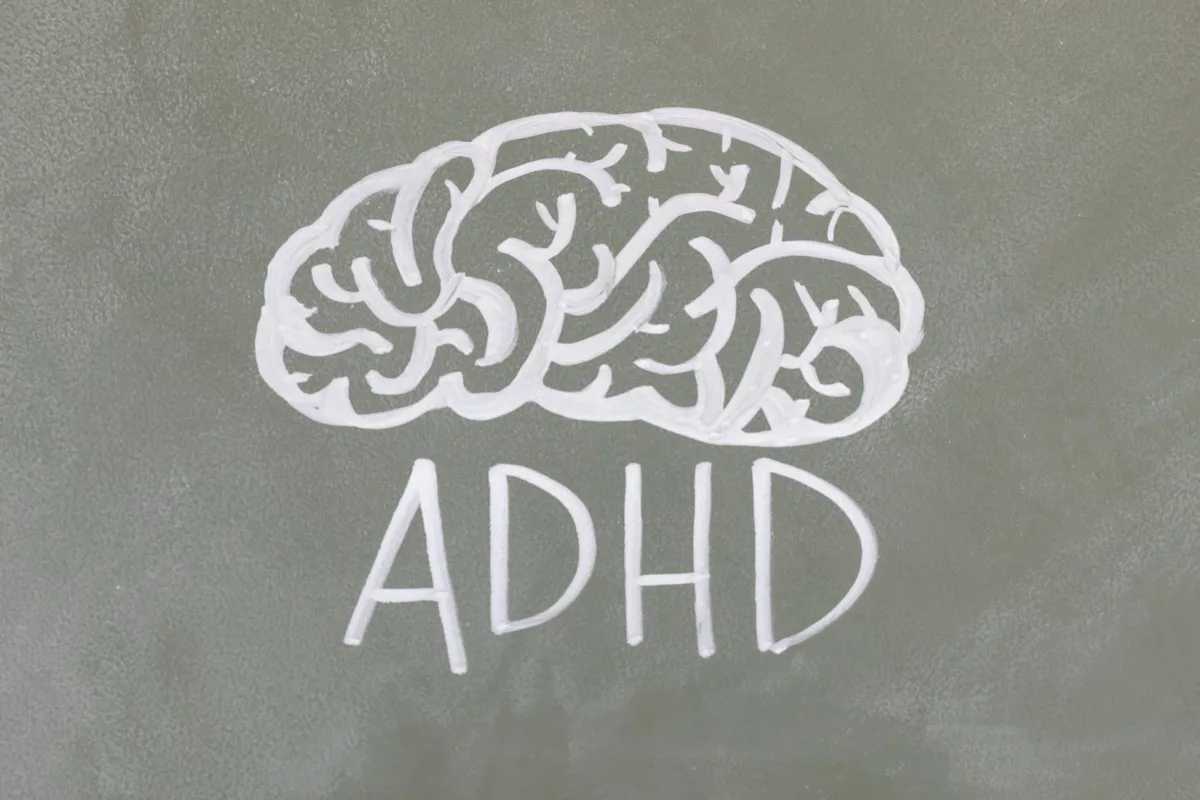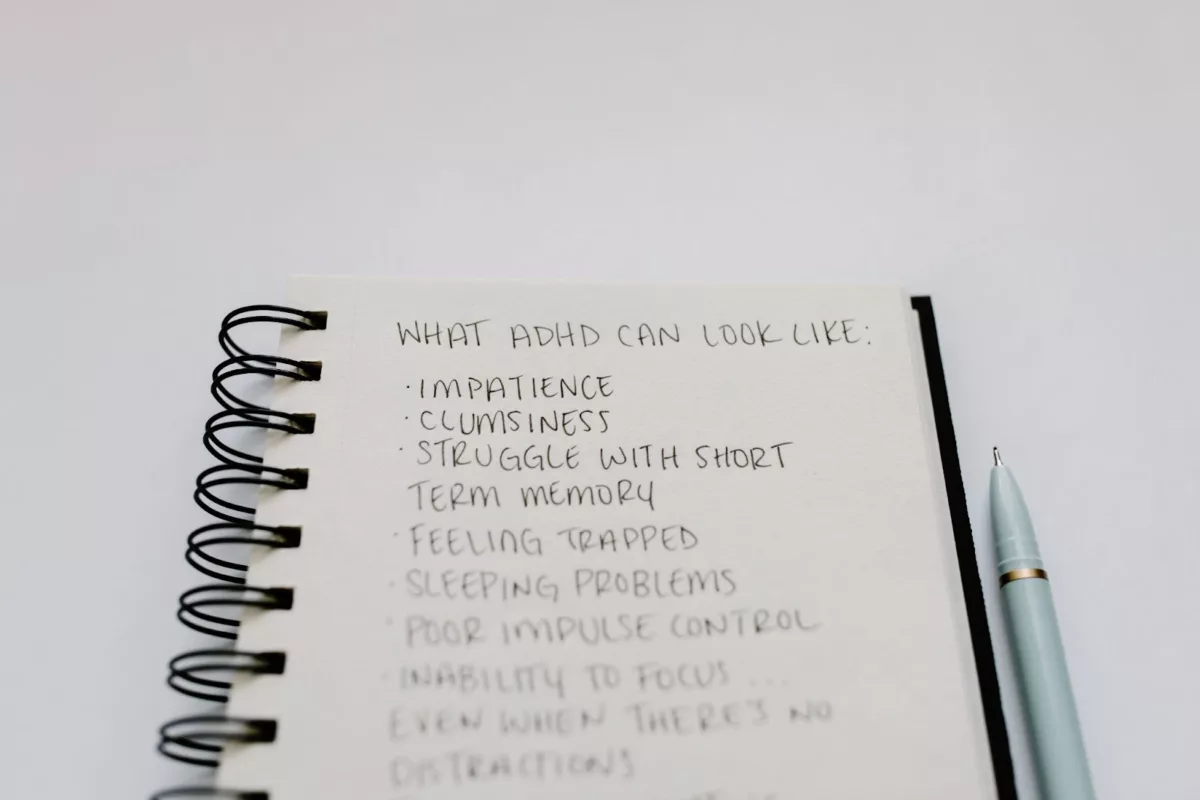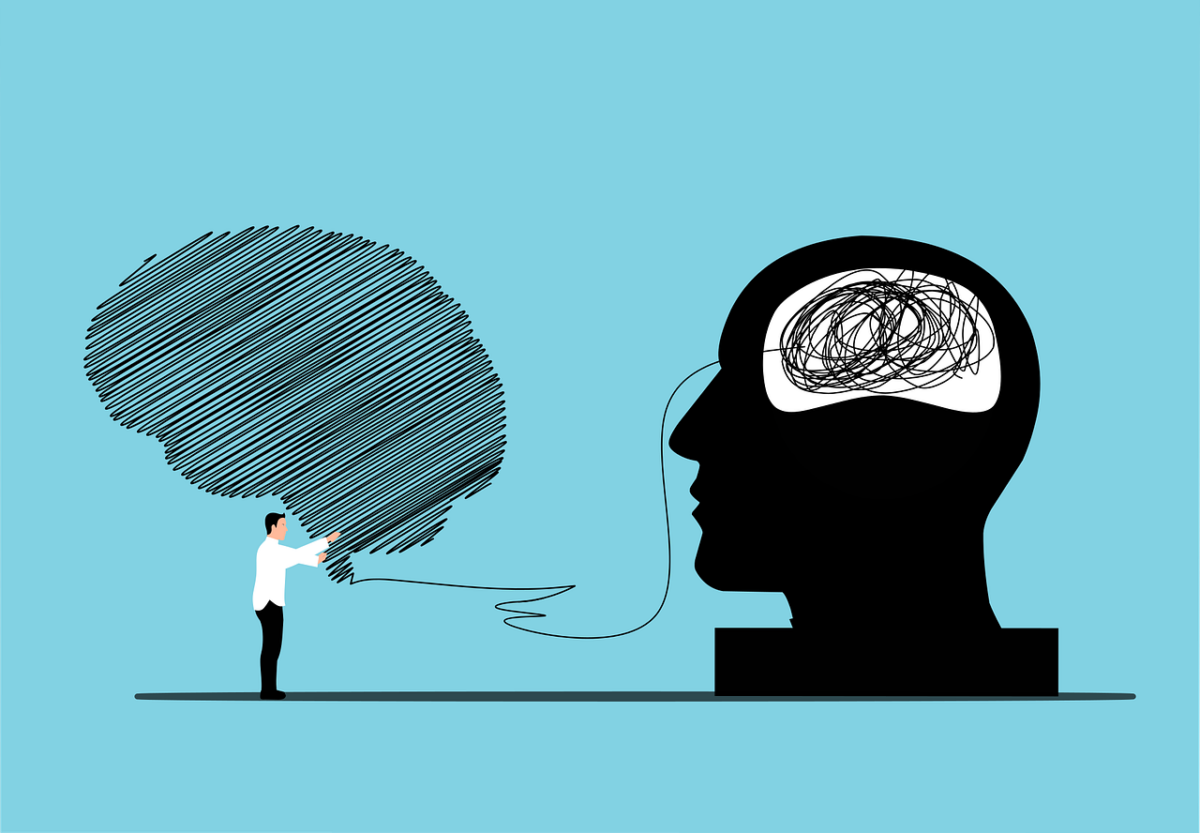Many individuals are curious about whether they have ADHD, or Attention Deficit Hyperactivity Disorder. ADHD is a neurodevelopmental disorder that affects both children and adults, causing difficulties with attention, hyperactivity, and impulsivity.
In this article, I will provide you with a comprehensive guide on how to determine if you have ADHD. We will explore the symptoms of ADHD, the differences between ADHD and hyperactivity, and the various ways to assess and diagnose ADHD. Let’s begin, shall we?
What’s hyperactivity?
Hyperactivity is a term often used interchangeably with ADHD, but it is important to understand that hyperactivity is just one aspect of ADHD.
Hyperactivity refers to excessive movement and an inability to stay still or sit quietly.
People with hyperactivity may constantly fidget, talk excessively, or have difficulty engaging in activities that require calm and focused attention.
However, it is crucial to note that hyperactivity alone does not necessarily indicate ADHD. ADHD is a complex condition that involves both inattention and impulsivity, in addition to hyperactivity.
ADHD vs ADD

Source: Pexels
When discussing ADHD (Attention-Deficit/Hyperactivity Disorder), it’s crucial to distinguish it from ADD (Attention-Deficit Disorder) and the concept of hyperactivity as a standalone trait.
ADHD is a comprehensive term that reflects a neurodevelopmental disorder characterized by a spectrum of symptoms divided into three primary categories: inattention, hyperactivity, and impulsivity.
- Inattention involves challenges such as maintaining focus on tasks, being easily distracted, and difficulties in following through with instructions or task completion. This aspect of ADHD can make it hard for individuals to stay organized, listen to directions, and manage their time effectively.
- Hyperactivity, in the context of ADHD, refers to excessive physical movement, restlessness, and an inability to stay still, which is often inappropriate for the person’s age or situation. This can manifest as fidgeting, talking excessively, or an overall sense of being ‘driven by a motor.’
- Impulsivity encompasses actions taken hastily without forethought, which can have high potential for harm. This might include interrupting conversations, impatience, blurting out answers, and engaging in risky behaviors without considering the consequences.
It’s important to note that ADD is an outdated term that was previously used to describe what is now known as the predominantly inattentive presentation of ADHD.
This terminology change reflects a better understanding of the disorder’s complexity and its various manifestations beyond just attention difficulties.
Read More: 5 Brain Exercises for Seniors
Symptoms of ADHD in children and adults

Source: Pexels
ADHD symptoms vary between children and adults, impacting them in different but significant ways across multiple settings like home, school, or social environments. Here’s a breakdown of common symptoms by age group:
In Children:
- Inattention:
- Difficulty paying attention
- Struggles with following instructions
- Difficulty completing tasks at school or home
- Issues with organization
- Forgetfulness and frequently losing belongings
- Hyperactivity and Impulsivity:
- Constantly moving, unable to stay still
- Talking excessively
- Interrupting others
- Acting without thinking about the consequences
In Adults:
- Inattention:
- Challenges in focusing on tasks
- Poor organization and time management
- Procrastination
- Feeling overwhelmed
- Forgetfulness
- Hyperactivity and Impulsivity (less pronounced, but can include):
- Restlessness
- Seeking constant stimulation
- Difficulty remaining seated for extended periods
Key Considerations:
- Symptoms need to be observed in multiple environments (home, school, work, social gatherings).
- There must be a significant impact on daily functioning and relationships.
- Hyperactivity in adults may be less visible compared to children.
- A mental health professional should be consulted for an accurate diagnosis and guidance.
Do I have hyperactivity? How to Tell

Source: Pixabay
It might come as a shock what I’m about to say, but the only trustworthy way to tell if you truly have ADHD is to be diagnosed by a doctor.
So, if you suspect that you may have hyperactivity or ADHD, it is essential to seek professional evaluation for an accurate diagnosis.
Self-diagnosis is not recommended, as many other conditions can present with similar symptoms.
A comprehensive assessment typically involves a detailed clinical interview, a review of your medical history, and the completion of symptom inventories or questionnaires.
It may also involve gathering information from family members, teachers, or other significant individuals in your life.
Frequently asked questions
We’ve compiled a list of frequently asked questions along with concise answers to help clear up any uncertainties you may have about hyperactivity and ADHD.
How do I know if I am hyperactive?
If you find yourself constantly fidgeting, unable to stay still, or feeling restless, you may exhibit signs of hyperactivity. It is important to keep in mind that hyperactivity alone does not necessarily mean you have ADHD.
To determine if you have ADHD, it is crucial to consider other symptoms such as inattention and impulsivity, and to consult with a mental health professional for an accurate diagnosis.
Am I hyper or ADHD?
Distinguishing between being hyperactive and having ADHD can be challenging, as they are related but not identical.
Hyperactivity alone may be a personality trait or a symptom of other conditions. ADHD involves a combination of inattention, impulsivity, and hyperactivity, and significantly impacts daily functioning.
Consulting with a mental health professional can help differentiate between the two and provide appropriate guidance.
How do you test for hyperactivity?
Hyperactivity is typically assessed as part of a comprehensive evaluation for ADHD. This evaluation may involve a clinical interview, medical history review, and completion of symptom inventories or questionnaires.
The mental health professional may also gather information from significant individuals in your life, such as family members or teachers. These assessments help determine the presence and severity of hyperactivity in the context of ADHD.
Do I have ADHD or am I making it up?
It is not uncommon for individuals to doubt their symptoms or question the validity of a potential ADHD diagnosis. However, ADHD is a legitimate mental health condition that affects millions of people worldwide.
If you suspect you may have ADHD, it is important to consult with a mental health professional who can conduct a comprehensive evaluation and provide an accurate diagnosis.
They will help you understand your symptoms and guide you towards appropriate treatment options.
In conclusion, determining whether you have ADHD involves careful consideration of symptoms, professional evaluation, and collaboration with a mental health professional.
If you believe you may have ADHD or any other mental health concerns, please consult with a qualified mental health professional.
Disclaimer: The information provided in this article is for informational purposes only and is not intended to substitute for professional medical advice, diagnosis, or treatment.


